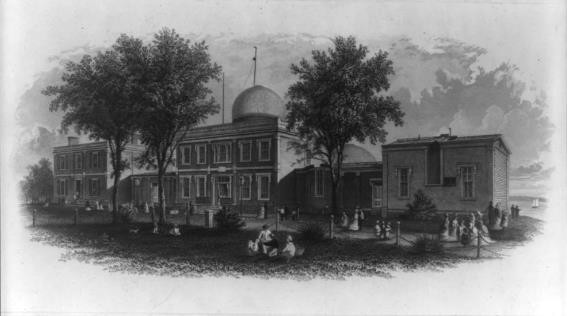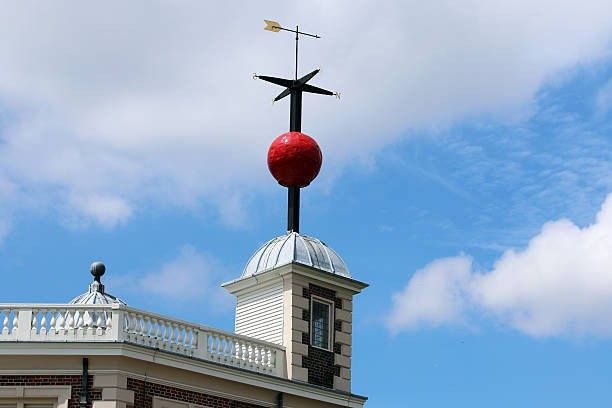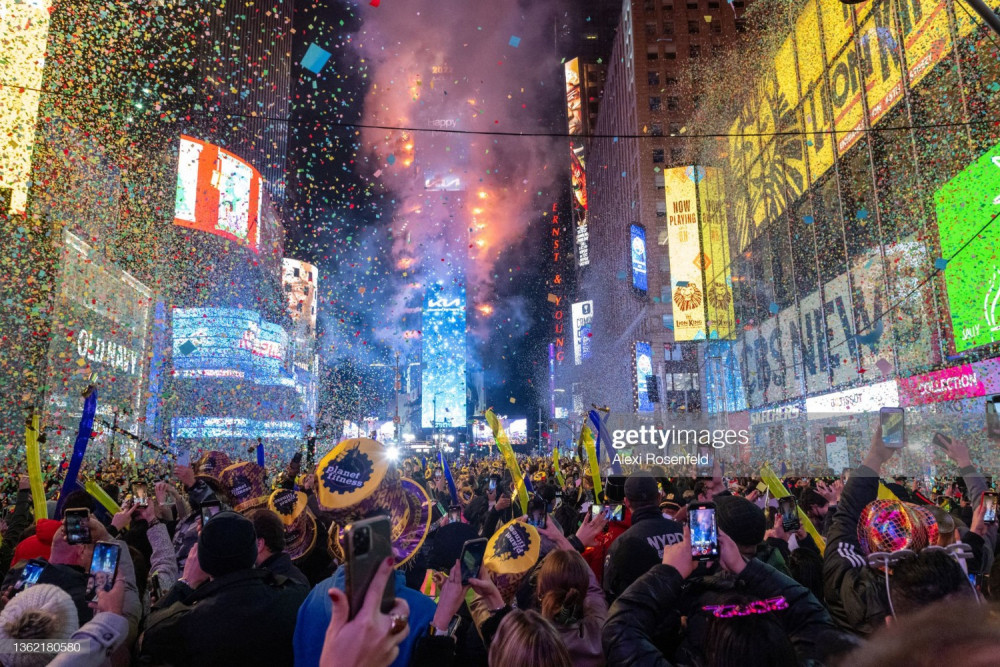© a super cool and creative website
NJ Cruise News is not Responsible for any changes in Date, Time, or Change of location. Please contact your local Cruise.



New Year’s Eve In Time Square—How It Began
Have you ever stood in Time Square on New Year’s Eve to say good-bye to the current year and welcome in the new? I wonder how many people standing there tonight know the history of that famous celebration. If you were wondering how it all began, here’s a little history.
In 1904, to celebrate the opening of the New York Times new headquarters building in NYC, a New Year’s Eve celebration was planned, complete with an all-day street festival and fireworks. The festivities brought almost 200,000 attendees together to celebrate and was so successful, that in years following, revelers who previously celebrated at Trinity Church, began attending at the festivities in Times Square instead.
Two years later in 1906-07, the city banned the fireworks display. In order to continue the celebrations, Times owner, Adolph Ochs , had an illuminated 700-pound wood and iron “time-ball“ made and lowered from the tower flagpole at the stroke of midnight to signal the end of 1907 and the beginning of 1908.
The Ball has been lowered every year since 1907, with the exceptions of 1942 and 1943, when the ceremony was suspended due to the wartime “dimout” of lights in New York City. The ball is now on display on the flagpole above Times Square year round.
To date, seven versions of the Ball have been designed to signal the New Year. This year’s time-ball is12 feet in diameter and weighs 11,875 pounds!
A bit of interesting trivia from www.timesquareball.net: “As part of the 1907-1908 festivities, waiters in the fabled ‘lobster palaces’ and other deluxe eateries in hotels surrounding Times Square were supplied with battery-powered top hats emblazoned with the numbers "1908" fashioned of tiny light bulbs. At the stroke of midnight, they all ‘flipped their lids’ and the year on their foreheads lit up in conjunction with the numbers "1908" on the parapet of the Times Tower lighting up to signal the arrival of the new year.”



U.S. Naval Observatory in Foggy Bottom 1880.
Royal Observatory, Greenwich, London

What is a “time-ball?” you ask
The first "time-ball" was a bright red ball installed atop England's Royal Observatory at Greenwich, England, in 1833. Each day, at 12.55pm, the time ball would rise half way up its mast. At 12.58pm it continued all the way to the top. At 1pm exactly, the ball would fall, allowing the captains of nearby ships to precisely set their chronometers, used for navigation.
Following the success at Greenwich, approximately 150 public time-balls were installed around the world. Although they may not all still exist, at the United States Naval Observatory in Washington, DC, a time-ball descended from a flagpole at noon each day. “Ball time” was kept until 1936, when the device was officially retired as advancements in telegraphic and radio technologies evolved.
Crowd at Trinity Church, 1906

NY Times Square, 2022